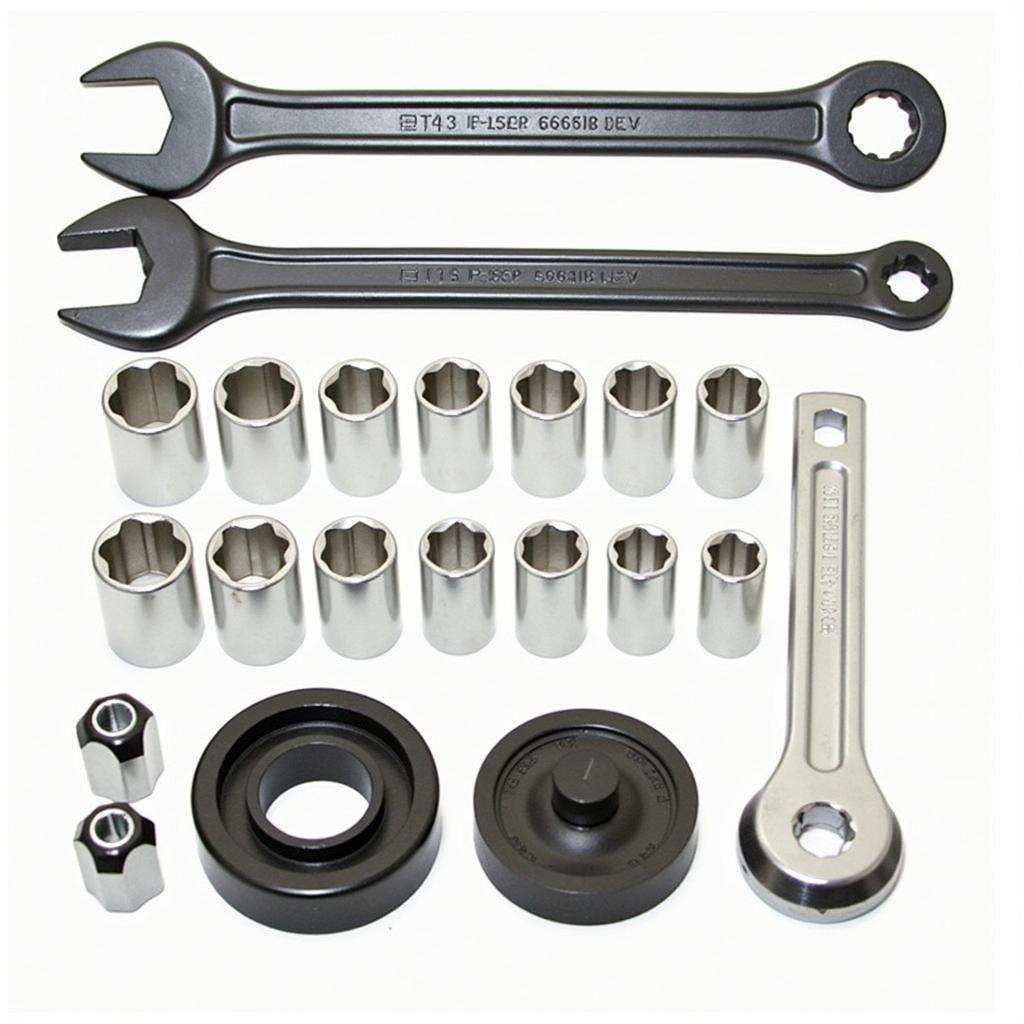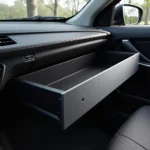A functioning generator free-wheel pulley is essential for reliable power supply in your vehicle. But what exactly is this component, and what tools do you need to repair or replace the generator free-wheel pulley? This article gives you a comprehensive overview of generator free-wheel pulley tools and explains what to consider when choosing them.
What is a Generator Free-wheel Pulley and Why is it Important?
The generator free-wheel pulley, also known as an overrunning alternator pulley (OAP) or decoupling pulley, is a small but important component in your vehicle’s drive belt system. It is located between the generator/alternator and the crankshaft, ensuring the generator is driven only when it needs to produce power. This protects the generator/alternator and extends its lifespan.
Imagine you’re driving at high speed on the highway and suddenly lift your foot off the accelerator. Without a generator free-wheel pulley, the generator would continue to spin at high speed even though it doesn’t need to generate power anymore. This would lead to increased wear on the generator/alternator and cause rough engine operation. The generator free-wheel pulley prevents this by decoupling the generator/alternator from the drive system when the crankshaft speed drops below the generator/alternator speed.
What Tools Do I Need for the Generator Free-wheel Pulley?
Repairing or replacing a generator free-wheel pulley requires special tools. The exact tools needed depend on the vehicle model and the type of free-wheel pulley. However, the following tools are generally required:
- Torx or Spline Wrench: To loosen and tighten the generator free-wheel pulley bolts.
- Holding Tool/Counter-holder: To secure the generator free-wheel pulley while loosening and tightening the bolt.
- Puller: To remove the generator free-wheel pulley from the generator/alternator shaft.
- Torque Wrench: To tighten the generator free-wheel pulley bolt to the correct torque specification.
 Set of tools for repairing or replacing a generator/alternator free-wheel pulley
Set of tools for repairing or replacing a generator/alternator free-wheel pulley
What to Consider When Selecting the Right Tools?
- Quality: Invest in high-quality tools from reputable manufacturers. Low-quality tools can break easily and cause injuries.
- Fit: Ensure the tools precisely match your vehicle’s generator free-wheel pulley type.
- Completeness: Make sure the tool kit contains all the necessary tools.
“Using the wrong tools can damage the generator free-wheel pulley and lead to costly repairs,” says Dr. Ing. Markus Schmidt, automotive expert and author of the book “Modern Vehicle Technology”.
Common Problems with the Generator Free-wheel Pulley
- Noise: A failing generator free-wheel pulley can cause loud clicking, rattling, or grinding noises.
- Charging Voltage Fluctuations: A faulty free-wheel pulley can lead to fluctuations in charging voltage, potentially causing issues with the vehicle’s electronics.
- Belt Wear: A defective free-wheel pulley can cause increased wear on the alternator belt.
Conclusion
The generator free-wheel pulley is a small but crucial component in your vehicle. With the right tools, you can repair or replace the generator free-wheel pulley yourself. When choosing tools, pay attention to quality, fit, and completeness.
Do you have more questions about generator free-wheel pulleys or need repair assistance? Feel free to contact us via our contact form on autorepairaid.com. Our automotive experts are here to help.
Related Auto Repair Topics
- Diagnostic tools for vehicle troubleshooting
- Workshop manuals and repair guides
- Special tools for automotive repair
Visit our blog at autorepairaid.com for more exciting articles and helpful tips on car repair!

